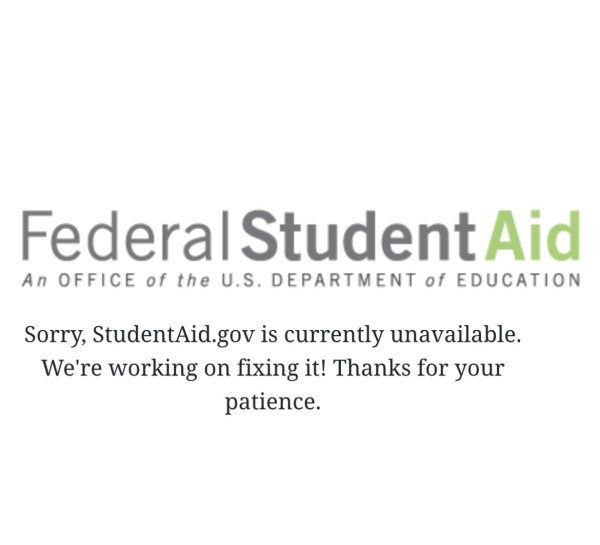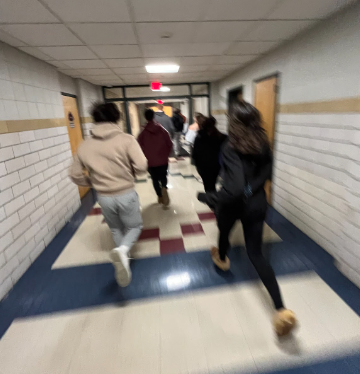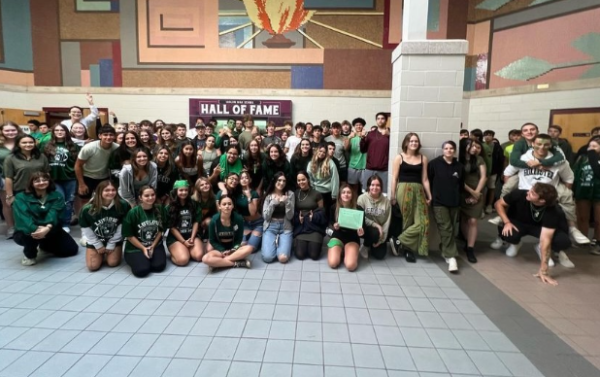Students should be able to eat in class
February 2, 2016
Everyone knows that when you’re hungry you lose energy and can’t focus. Why is it then that students are not allowed to eat in class? The administration at Ludlow Public Schools should consider lifting the ban on eating in the classroom.
The student handbook policy states “No food or drink (including water bottles) outside the cafeteria. Any student carrying or consuming food or drink outside the cafeteria will be subject to disciplinary action. Students at the secondary level are not allowed to bring in food/drink to the classroom for consumption. Breakfast and lunch foods are only consumed during the allotted times only in the cafeteria.”
So why is it a huge problem for the school to allow students to eat in class? The Ludlow public school Wellness Policy states that “Educators, administrators, parents, health practitioners, and communities must consider the critical role student health plays in academic stamina and performance and adapt the school environment to ensure students’ basic nourishment and activity needs are met.”
It also states that “The school nutrition association recommends at least 20 minutes for lunch from the time students are seated with their food.” Students only get 20 minutes to eat for lunch regardless if they have already sat down or not. The students that get hot lunches have to wait in a line for a few minutes and don’t get the full time they are allowed. Students may not be able to finish their lunch if they don’t get enough time.
How does a student’s nourishment needs get met when they are given only certain times to eat? Snacking on healthy food throughout the day would go a long way in sustaining the energy of all students. Food gives people energy and energy is what is needed to function and think. If you can’t eat then you don’t have much energy and therefore it is harder to think. Better thinking leads to better learning and higher grades. It’s a win-win for everybody.
I understand that some students may have allergies and certain foods cannot be around them. Most of the time the people you sit next to in class are your friends and you most likely already know what they cannot be around. Some students have peanut allergies and cannot be around peanuts, but you think people in high school would be smart enough to know not to bring in food containing peanuts. Many other snacks do not contain peanuts. So what is the problem with those snacks?
Some teachers may find that students eating in class can be a distraction. If it is a distraction to have students eating in class then yes, the teacher should have the right to ask the student to put it away. So let’s lift the ban on snacking in the classroom for 2017.










jay hulse • Oct 6, 2023 at 8:00 am
bacteria, bacteria, bacteria. Classrooms and desks are not disinfected on a daily basis like a lunchroom is. School cafeterias are disinfected between uses. School classrooms are not cleaned that way because they are not intended to be used for food. Can you imagine how much bacteria is on a elementary students desk in the course of a day. Yuk ! Think people, think. School should be seen as education second and safety of our children 1st !!!